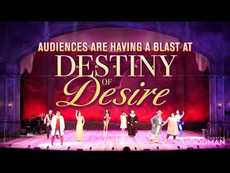
Recently, I attended a performance at the Goodman Theater in Chicago called “Destiny of Desire,” a take on the Spanish soap opera. The playwright, Karen Zacarias, was quoted in the playbill as saying, “Destiny is different from fate. Destiny is what your life can be if you realize your potential, if you believe in your potential and you go for it. Destiny is not something that happens to you; it’s something you have to strive for. Unlike fate, which is something that’s sealed and locked, destiny is fluid and can evolve. Who you were and who you can become is within your grasp…”
In the Torah, at this moment in time, the Israelites are experiencing their sojourn in the desert. In just a few weeks, they will gather at Mt. Sinai to witness the revelation of the 10 commandments. Their fate could have been to lose interest in their culture of old, ignore Moses, and wander forever, but their destiny, what they had to work for, was getting their people to the promised land. As Rabbi Levi Meier says, “Torah teaches us that our fate is not predetermined by circumstances of nature or nurture. You can always create your destiny.”
But, it is important that we realize that there is no “date with destiny.” Destiny doesn’t just appear on our calendar, waiting for us at the nearest Starbucks. Rabbi Yosef Dov Solveitchik teaches us (in “Who by Fire, Who By Water”) to distinguish between goral, fate, and yi’ud, destiny. He says that our mission in this world is to turn fate into destiny, from an existence that is passive to one that is active and influential. To me, what that means is that destiny equals the creative response to the impermanence of life.
As Jews we understand this need for using creativity to move through our existence. For instance, we have many approaches to naming…not naming a baby until the eighth day (high infant mortality throughout much of history), changing someone’s name if they are very ill to fool the angel of death, etc. The Jews of Alsace were said to have come up with the idea of “change of place, change of luck.” If your fate in your current location doesn’t look promising, don’t be afraid to pick up and re-create your life somewhere else.
Though they may not know it, when Jews say “Mazel Tov,” what they are really saying is “may the stars be favorably aligned for you.” But astrology isn’t just about the fate that the energy of the stars and planets bequeath upon you. No, our birth chart asks us to take the ever changing alignments and creatively mold that energy into our destiny. In other words, “the mazel we are born with is elastic, ” says Rabbi Avi Weiss in “Who by Fire, Who by Water.”
After a 9 year hiatus, I’ve been binge watching Grey’s Anatomy on Netflix. Amidst the soap opera nature of the show, if you listen carefully, each episode aims to relay a teaching. And, in season 5, Episode 14, the main character, Meredith Grey, sums up the response we must have if destiny is to trump fate. “We have to keep reinventing ourselves…almost every minute…because the world can change in an instant. And, there’s no time for looking back.”

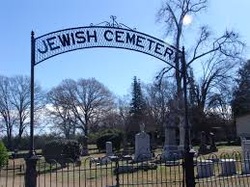
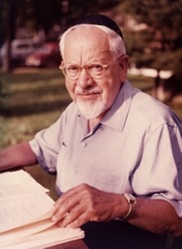
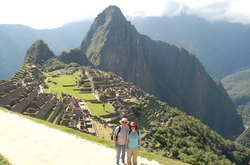
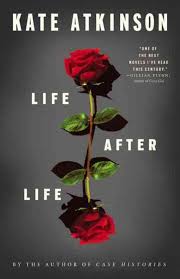
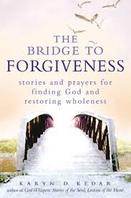
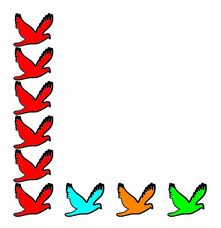
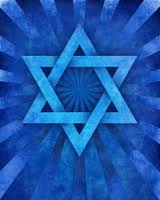
 RSS Feed
RSS Feed
